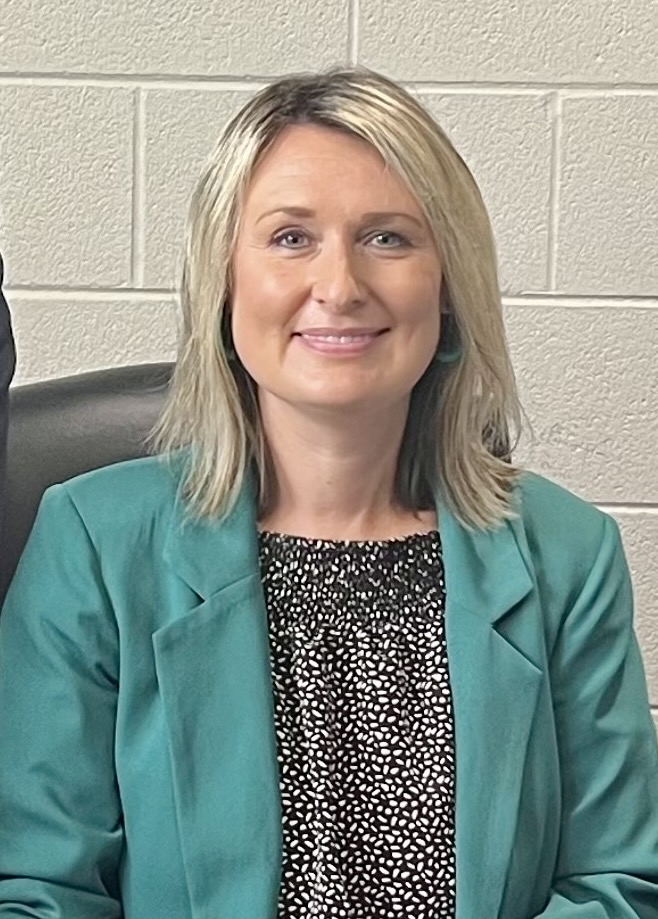
Dana Lee Thomas
At age 10, my daughter started a club. She was going to become a writer and wanted to employ her classmates as apprentices.
After devising a contract and business cards headlining in bold print, “Let That Writer Write,” she quickly recruited friends. In essence, this group would write whatever was needed. I was even enticed to post the business cards on social media to draw in more business.
My daughter’s passion for writing came from not only her innate creativity, but also the work of great teachers and a mother who has given her feedback along the way.
As a former 5th-grade teacher, I was ecstatic when my children came home with writing assignments. I would read over their drafts and give feedback on whether they had addressed the intended writing purpose and the type of voice used in their writing. My girls knew that a paragraph included strong ideas and specific details.
It was these powerful, teachable moments that set forth the writing expectations for my children. No matter what the setting may be, once you are a teacher, you will always be a teacher, both inside and outside of the classroom.
This one-on-one feedback sparks ideas, builds background knowledge and inspires a child. Young writers don’t just have ideas pop into their heads. They need writing instruction that adheres to the specific elements of good writing. This structure of writing emphasizes strong, organized ideas, smooth sentences and precise word choices, all with a hint of voice. These elements, mixed with individualized feedback, are what makes a good writing piece.
John Hattie, who co-authored “Visible Learning” with Helen Timperley, conducted research on more than 500,000 studies of high-yield, high-impact instructional strategies. He concluded that feedback is beneficial to both teachers and students. In regard to students, it increases student effort and leads them to try other strategies. From a teacher’s perspective, feedback allows for private conversations that address individual student needs and allows students to reflect on their overall writing ideas.
Feedback has proven to be a top teaching strategy in producing measurable student growth.
My school district took Hattie’s research on feedback and implemented it across grade levels using the live scoring process. Students begin the school year learning our analytical rubric, which centers on developing writing using nine traits: purpose, audience awareness, idea development, organization, transitions, sentence structure, grammar, vocabulary and overall correctness. Teachers spiral instruction by teaching various writing forms, including narrative, explanatory and opinion/argumentative writing. Once students have a foundation built on these writing forms, the live scorings take place.
During a live scoring, students complete a writing task and then they receive one-on-one feedback from teachers, instructional coaches and other educators. Conversations adhere to Hattie’s principals of effective feedback: feed up, feedback, feed forward. These conversations help students to answer three questions: Where am I going? How will I get there? What do I need to do next in my writing?
To regular classroom teachers, this process may sound like chaos. Since live scoring takes place typically three times each year, it is a planned process between teachers and instructional coaches. Those students who are not receiving feedback are completing regular classroom tasks. These conversations take place within the classroom or even the hallway at times.
The impact of this process can be linked to an increase in state assessment scores and helped students improve their writing. One teacher noted, “I love that students get to conference with someone one-on-one. This is hard to do in the regular classroom. It’s so meaningful for them to have that reflection.”
Students receive feedback from instructional coaches, classroom teachers, special area teachers and now pre-service teachers. These multiple perspectives build students’ background knowledge, and each session includes teachable moments with precise ways for students to improve their writing.
During one session, a student continually misused “their” in his writing. The teacher was able to discuss the various ways to use this pronoun by giving examples within the writing. I had conversations with students on effective transitions within narrative writing.
These mini-lessons are individualized and the student takes notes. One teacher summed it up best, “When someone different reads and responds to their writing, I think they listen and take notice.”
While this strategy benefits students the most, my district knew that it had to be meaningful and purposeful to teachers. We know that data drives instruction, so the data analysis provided to teachers is another valuable tool of the process. After each session, teachers receive a breakdown of each student’s performance based on the analytical rubric. For example, reports indicate exact percentages of students performing at mastery levels in each area of the rubric. If students are not performing adequately in a particular area, then teachers know what to address next in instruction.
This method of providing feedback also focuses on student goal setting. Once students get feedback from teachers during the first live scoring, they begin to “feed forward.” Students look at the areas of the rubric in which they did not meet mastery and think about ways they can improve their next piece of writing. Hattie said when students take ownership in their learning by setting goals, that’s when typical achievement accelerates and learning becomes more meaningful.
My daughter is older now and I don’t always get to have those teachable moments at the kitchen table, but she has internalized those moments and applied them in her work. You see, these personalized feedback sessions in her youth have made her a more confident writer today. She is receptive to ways of making her writing better.
So in the end, teachers need to “feed” students. That is, we need to feed up, feedback and feed forward. This instructional strategy lets students know where they are and where they need to be going. As Hattie states, “The simplest prescription for improving education has to be dollops of feedback.”
Dana Lee Thomas has been working in the Marion County Public Schools for 10 years, where she currently serves as an elementary English language arts instructional coach, working with grades 3-5. She previously worked for 10 years as an intermediate teacher in the Washington County Public Schools. Thomas earned her bachelor’s and master’s degrees in elementary education at Campbellsville University. She is a National Board Certified Teacher and is currently working with the Kentucky Department of Education Next Generation Leadership Network.



Thanks for sharing a very simple, yet effective process allowing students to take ownership in their learning as well as form meaningful relationships with teachers/coaches/etc.
Since I work in the high school setting, I feel many times educators forget that any student, regardless of age, will rise to the top of their game IF they feel that someone cares about their success, not only in a particular class/activity, but to their potential as a person. Many times it is just that ONE simple conversation that can make a difference!
This is a solid narrative exhibiting the blending of personal life and professional life that educators experience, and an informative description of process to be replicated to other districts.